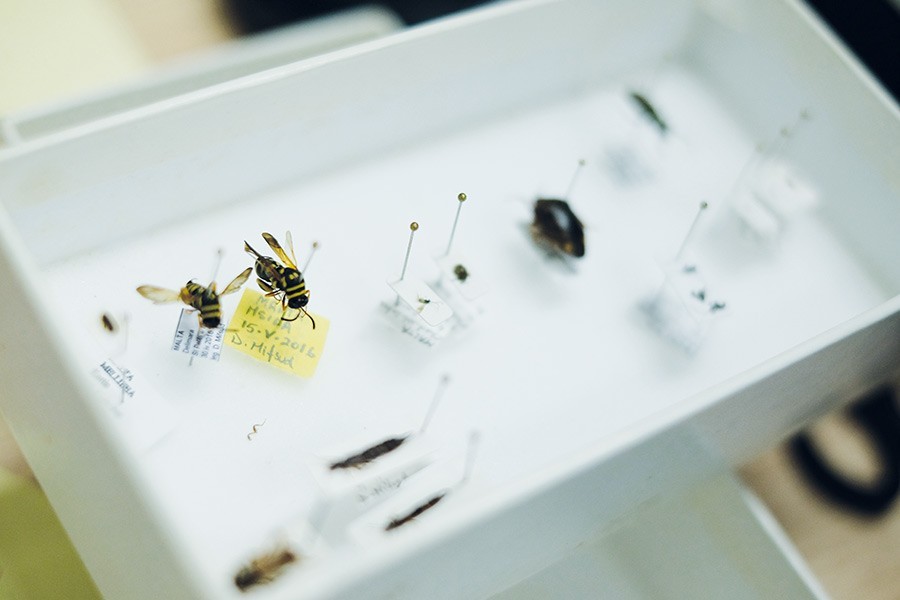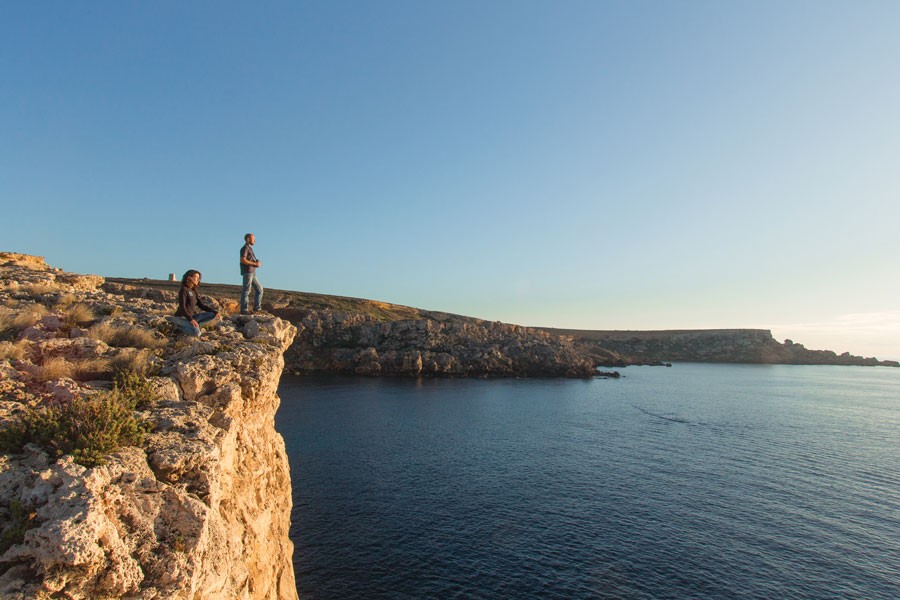Concrete for sustainability
Concrete is the most used building material supporting the construction boom. Hans-Joachim Sonntag talks to Dr Ruben Paul Borg about advances in cement bound materials that can lead towards sustainable development, more durable buildings, and a lower carbon footprint.Continue reading
When desalination is the only option left
The Water Services Corporation (WSC) has recently announced that it will construct a Seawater Reverse Osmosis Plant at Ħondoq ir-Rummien in Gozo. To the casual observer, having a reverse osmosis plant on the island might seem like a necessary and commendable way of ensuring an adequate and independent water supply. However, Gozo has been meeting its water demands efficiently through a groundwater polishing plant since 2005, importing just 20% of its water from the Ċirkewwa reverse osmosis plant, a facility that is not being used to capacity. So a pertinent question arises: why is a reverse osmosis plant being considered?
Once upon a time we had sharks
Human beings may be adversely affecting biodiversity, but can we be a help as well as a hindrance? Greg Nowell writes.
Marine life once thrived in the waters surrounding the Maltese islands, sharks included. But that is no longer the reality we see today. So, what happened? Where have all the fish gone? How can we bring them back?
Stuck in the middle with the fumes
Since the 1960s heavy fuel oil (HFO) has reigned supreme as the king of maritime fuels. It was efficient and cheap; its use spread far and wide. International shipping boomed on its success. Even today, this industry handles 90% of the world’s trade volume. For many, HFO is the lifeblood of the maritime shipping industry. But it has a dark side…
Keeping it cool
Air conditioning is no longer considered a luxury by most. At the same time few are aware of its inner workings and how that impacts their bills. Dr Mario Farrugia explains.
Green Planes Safe Planes
Prof. Ing. David Zammit Mangion has been spearheading research in aviation at the University of Malta for two decades. With a focus on improving fuel burn, reducing emissions, and better flight management systems for pilots, the one overarching aim is safer air travel.
Insects taking over
Malta is thought to harbour around 6,000 to 8,000 species of insects. In the last two years almost 200 new records of these fascinating creatures were found around the Maltese Islands, and a new endemic species, unique to Malta, was also described as new to science. Jessica Edwards meets up with Dr David Mifsud to find out more about these amazing findings and why insects really do run the world. Photography by Dr Edward Duca.
Continue readingTime, Space, & the Ocean Wanders
As an archipelago, the Maltese Islands have been a hotspot for seabird nesting since time immemorial. Marie Claire Gatt talks about her research and a major EU project determining how to protect far travelling seabirds. Photography by Jean Claude Vancell.
Time to evolve
Urban areas suffer from crippling traffic issues and gross water wastage. The University of Malta could become a living experiment to test innovative solutions to these problems. Words by Natasha Padfield.
Continue reading




